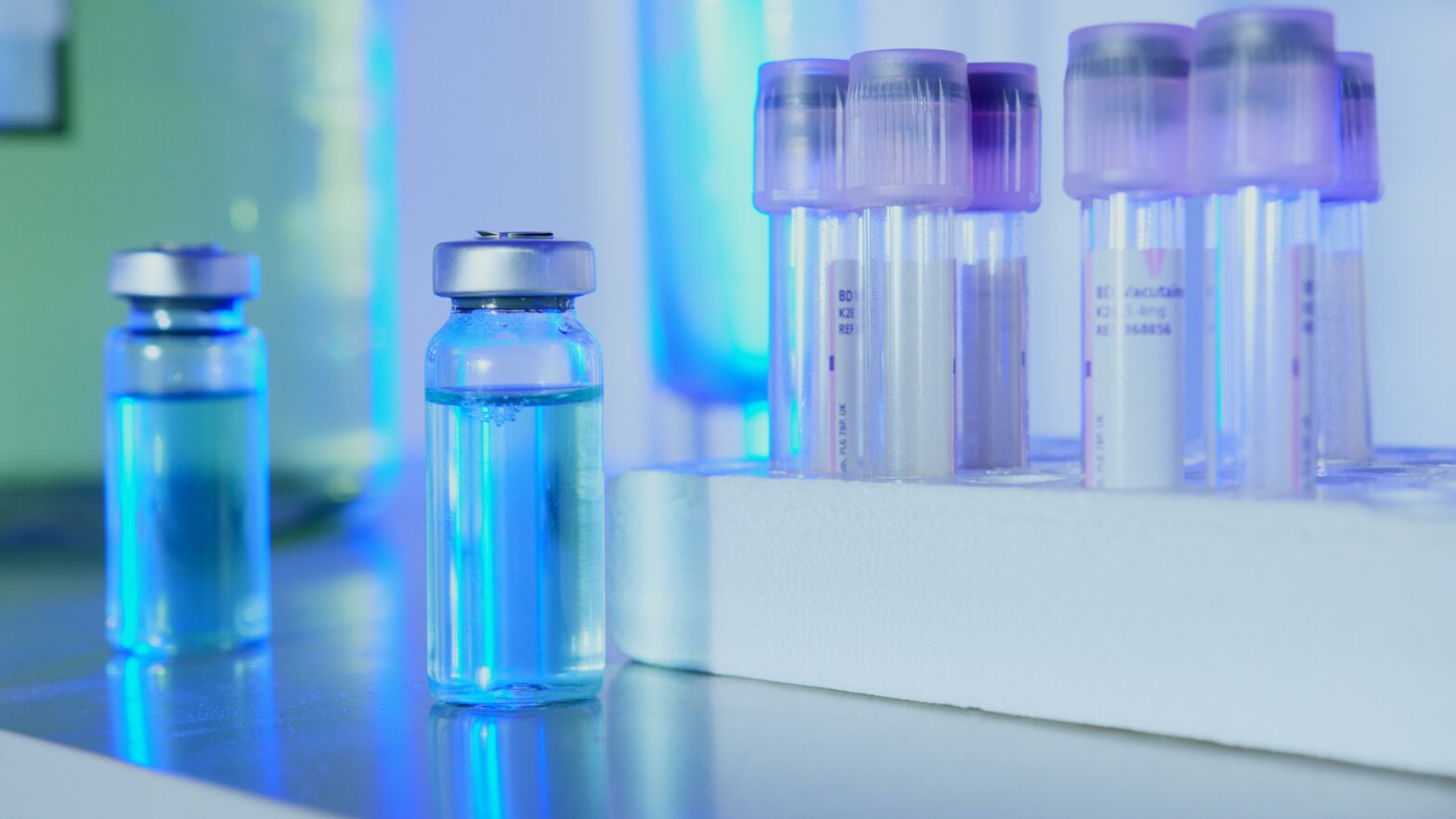You may have seen the headlines that dordaviprone has received accelerated approval in the US to treat H3 K27M-Mutated Diffuse Midline Glioma. This is the first approved drug for this type of tumour and has been widely welcomed by a range of stakeholders including us at The Brain Tumour Charity. Any advancement in treatment for any brain tumour is welcome news, and here we explore what it means, what it has been shown to do and what is next.
What is dordaviprone approved for?
Dordaviprone is approved for use in H3 K27M-Mutated Diffuse Glioma.
Diffuse midline gliomas are aggressive grade 4 brain tumours. Until recently, they were known as diffuse intrinsic pontine gliomas (DIPGs). These tumours are usually diagnosed in children, but they can also affect adults.
They are:
- fast-growing and likely to spread
- sometimes called malignant or cancerous
- hard to remove with surgery, as they don’t have clear borders and instead spread diffusely through brain tissue
- a type of glioma, which means they develop from cells resembling glial cells (the supporting cells of the brain).
As their name suggests, diffuse midline gliomas develop in the “midline” structures of the brain – the natural centre line that divides the two halves of the brain. They’re most commonly found in the pons (part of the brainstem that controls vital functions such as breathing), the thalamus (which processes movement and sensory information), and the spinal cord.
H3K27M mutation was first discovered in 2012 and research has shown that this is clinically and molecularly distinct from the H3K27 wild-type (H3K27WT) gliomas. Both adults and children with the H3K27M mutation have been shown to have higher mortality than other mutations.
There are around 20-30 paediatric diffuse midline glioma cases in the UK each year and the H3K27M mutation is found in around 80% of children diagnosed. It is found in around 60% of adult diffuse midline glioma cases.
What do the approvals mean?
Dordaviprone has received Accelerated Approval in the US. The Accelerated Approval programme was introduced by the Food and Drug Administration (FDA) in 1992 and expanded in 2012. It was designed to speed up approval of drugs that are targeting rare conditions where there aren’t many options. These are often rare conditions, where traditional clinical trials can take a long time to get enough data, if ever.
As a result, this approval does not require traditional primary endpoints, for example overall or progression-free survival, and instead uses surrogate endpoints as a marker. This can include a laboratory measurement, radiographic image, physical sign or other measure that is thought to predict clinical benefit but is not itself a measure of clinical benefit.
Those applying, which often can be pharma or biotech companies, are still required to conduct studies to confirm the anticipated clinical benefit. If the confirmatory trial shows that the drug provides a clinical benefit, then the FDA grants traditional approval for the drug. Failure to do so may lead to the drug being removed from the market.
In the study for dordaviprone, researchers looked at how well the treatment worked by measuring:
- Overall response rate (ORR) – this showed how many patients had their tumour shrink or disappear.
- Duration of response (DOR) – this showed how long the treatment kept working once it stated helping.
Overall, the results showed that 22% of patients responded to the treatment, and for those who did, the average time it stayed effective was 10.3 months. Out of 11 patients who responded, 73% saw benefits lasting at least 6 months, and 27% had benefits lasting a year or more.
The results were measured in five open-label clinical trials across the US, and involved 50 adult and paediatric patients.
What’s next for dordaviprone?
Although promising, there is still more work to do to confirm these findings and then seek full approval from the FDA. The manufacturer is currently conducting a phase 3 confirmatory trial.
If you or your loved one would like to participate or find out more about clinical trials, please get in contact with your medical team.
As for approvals in the UK, this could be some way off, but we will work with stakeholders to encourage launch in the UK at the earliest possible opportunity, if the data continues to be positive.
Quote from Dr Simon Newman:

Diffuse Midline Glioma remains one of the most difficult to treat brain tumours. These early clinical findings indicate potential progress where none has been seen before. More data and time are required to gather evidence to support these initial findings and subsequent availability on the NHS. We will work with all stakeholders and share updates with the community as this new potential treatment hopefully progresses.
Dr Simon Newman
